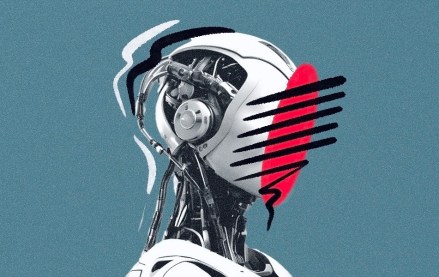
The attempted revival of Digg began last night with the release of a refreshed version of the social news site. Early reviews are understandably positive.
Digg explained its thinking of the site on a blog charting the revival, but the clean look of the new site is missing something notable: advertising. Digg promises a “beautiful, image-friendly, ad-free experience.” It’s telling of the sorry state of online advertising that “beautiful” and “ad-free” are paired together. That’s the sin of display advertising, which for too long has been an ugly intruder onto pages. It is, as one blogger puts it, “the $62 billion industry based on a product nobody likes.”
The most promising part of the “native advertising” movement is righting this wrong. For content-based sites like Digg, the banner is unwanted. Jonah Peretti, CEO of BuzzFeed, noted this in his strategy memo that was passed around the Web last week. One of the keys to BuzzFeed’s success: “We don’t show crappy display ads.” The founders of WhatsApp, who spent a combined 20 years at Yahoo, explained why they’re against ads for their product: “Advertising isn’t just the disruption of aesthetics, the insults to your intelligence and the interruption of your train of thought.” Gawker founder Nick Denton dreams of the day his sites won’t run banners at all. And there’s some evidence, however imperfect, that blank banner creative gets more clicks.
This is common feeling among anyone who has gone through a site design. The designers usually begin by showing a lovely site without ads. In the end, after the space is carved out for banners, the sinking feeling sets in.
For some, that’s just the adult reality of for-profit publishing. Advertising is an attention tax. The New York Times is now charging readers directly, but it’s always charged them by bartering their attention to advertisers. But there’s the question of whether advertising has to be such a resented attention tax. For all their shortcomings, magazines without ads are strange. They feel oddly thin and spare. People too often use the Vogue example of a publication as much about the ads as the editorial, but the fact remains that ads in magazines — blow-in cards aside — aren’t as jarring as those we normally encounter on most sites.
The backlash against banners isn’t going anywhere. Display advertising will persist because there’s what I call the “display advertising industrial complex” that will make sure it does. After all, the billions of dollars poured into advertising technology are premised on faster trading, better targeting of banners. Social ads and native ads, for the most part, aren’t a scale business. And agencies need programs that can easily scale. It’s telling that this last uninspiring sentiment is one of the most cogent arguments for the banner: agencies know how to build and buy them; publishers know how to sell them.
The hope is that banners will improve, thanks to the efforts of new formats like the IAB’s Rising Stars, and the shift to native ad systems pioneered by platforms like Twitter and Facebook will spill into content sites. Publishers will need to develop advertising that’s native to their environment, which is content-based advertising. Peretti’s boast that its readers “love” BuzzFeed’s social ads might be a bit much, but it’s hard not to feel that “15 Extremely Sour Pranks” content ad for Sour Patch Kids is far better than a banner on the homepage.
More in Media

AI fatigue sets in among workers and company leaders
About half of business leaders report declining company-wide enthusiasm for AI integration and adoption, according to a recent EY pulse survey.

Media Briefing: The top trends in the media industry in 2024
This week’s Media Briefing takes a look at the top trends from 2024, from AI licensing deals to referral traffic challenges.

WTF is agentic AI?
Generative AI is being shoulder barged out of the way by the latest term du jour: “agentic AI.”





